Wanna bleed to death? Use your belt as a tourniquet!
I recently read an article on a preparedness website describing how to modify a belt to be a better tourniquet to stop severe bleeding. While I respect the author’s ingenuity, simply wrapping a belt around a limb, no matter how tightly it is buckled, will not likely occlude arterial bleeding. It may slow some capillary or venous bleeding, but due to the stiff nature of most belts, it can’t be tightened enough to compress the arteries (which lie deeper inside the extremity than the veins).
The best makeshift tourniquets are between one and two inches wide and made of a pliable enough material that a windlass can be inserted to tighten the material until the bleeding stops. A simple triangular bandage, cravat, or even a neck tie would do a far better job than any belt that buckles.
The best makeshift tourniquet method I have ever seen was introduced to me by my late friend Paul Gomez. He uses a carabiner and a key ring in conjunction with a triangular bandage. The carabiner and ring make finding and securing the windlass very easy. If you don’t have these items, use another item for a windlass (stick, flashlight, pistol mag, pocket knife, etc.) and secure it by tying or taping the ends of the bandage. Watch Paul explain his method below:
While we are on the topic of makeshift tourniquets, DO NOT use shoe laces, paracord, or zip ties if you can't create a 1"-2" wide surface the entire way around the limb! These items are usually too narrow to cause enough total tissue compression to stop most arterial bleeding and are far more likely to cause tissue and nerve damage. A ripped up piece of a t-shirt is a better choice than shoe laces if you need to make a quick tourniquet.
Even better than the makeshift tourniquets are the ones purposely built for the job. I prefer the SOFT-T W but the CAT is almost as easy to apply and is a bit lighter in weight. Either one will serve your needs nicely.
SOFT-T Wide
Even better than the makeshift tourniquets are the ones purposely built for the job. I prefer the SOFT-T W but the CAT is almost as easy to apply and is a bit lighter in weight. Either one will serve your needs nicely.

If cost or size is an issue, the next best choice is the TK-4L. It doesn’t have the JSOC approval that the other tourniquets enjoy, but it works moderately well. It is much harder to apply to yourself and may not stop bleeding on a very large extremity, but it is much smaller and lighter than the other two. It would also be a better choice if you were primarily concerned with treating animals or pediatric patients who have smaller limbs.
There has never been a time in history when the lay person has had such easy availability to top quality medical devices and training. Take advantage of it! There’s no excuse for using a belt or your shoe strings when you really need a tourniquet.
---
original article here
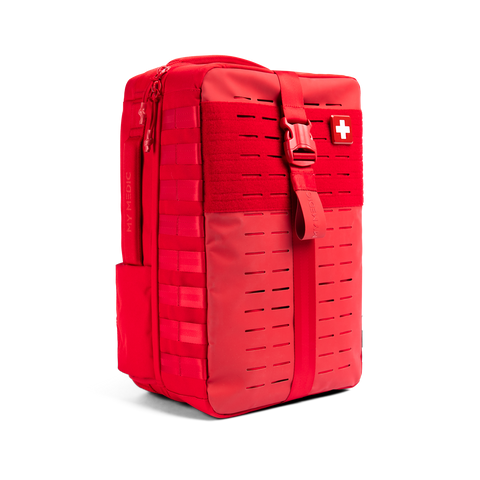 NEW ARRIVALS
NEW ARRIVALS
 BEST SELLERS
BEST SELLERS
 SUPERSKIN™
SUPERSKIN™
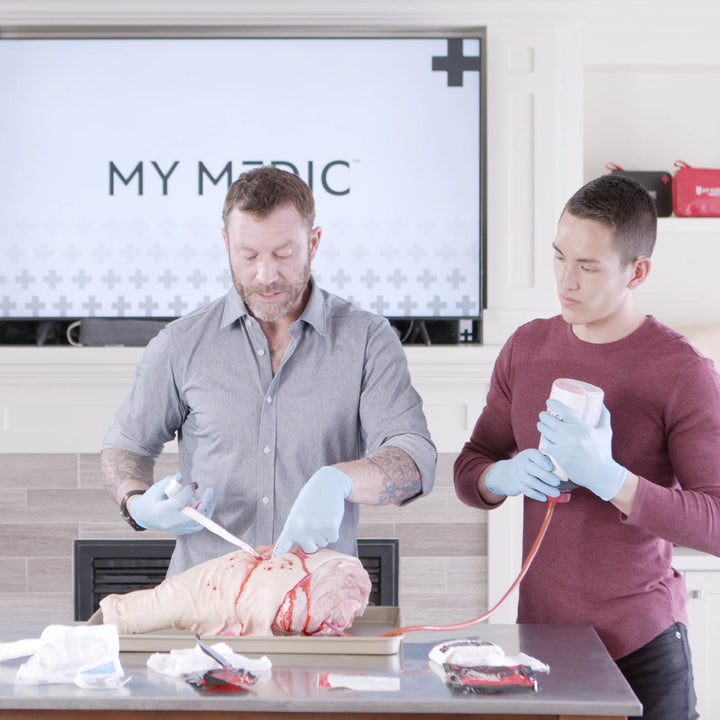 COURSES
COURSES
 GIFT CARDS
GIFT CARDS
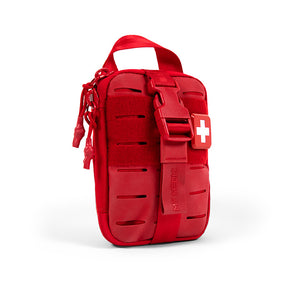 The MyFAK Collection
The MyFAK Collection
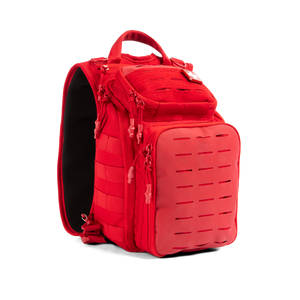 Specialty
Specialty
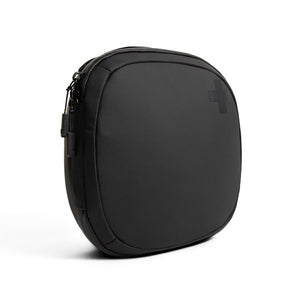 The Ready Collection
The Ready Collection
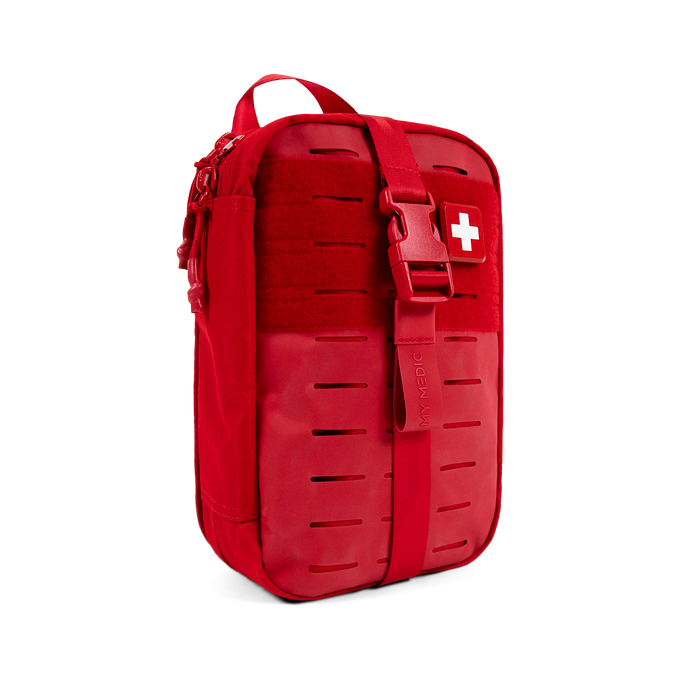
 BLEED
BLEED
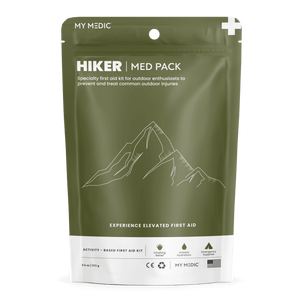 OUTDOOR
OUTDOOR
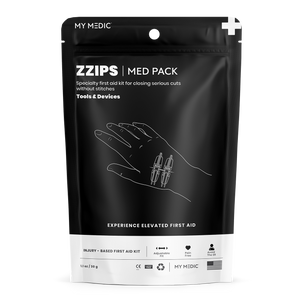 TOOLS & DEVICES
TOOLS & DEVICES
 AIRWAY
AIRWAY
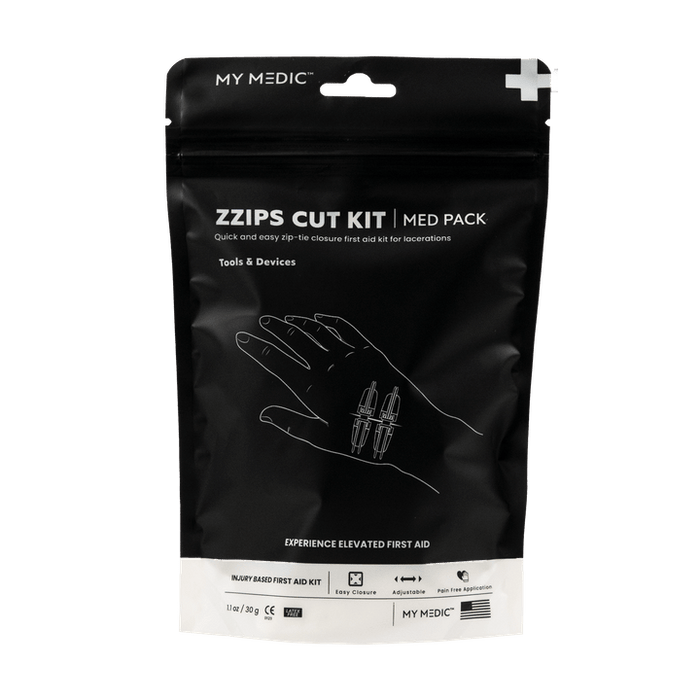
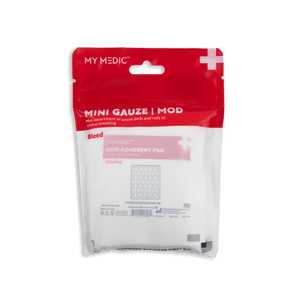 BLEED
BLEED
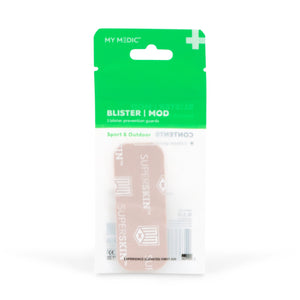 OUTDOOR
OUTDOOR
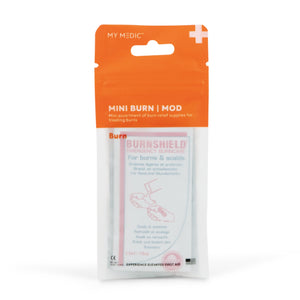 BURN
BURN
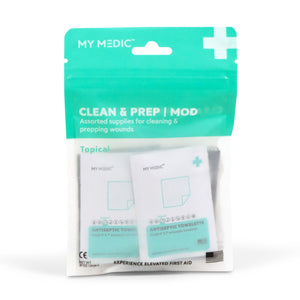 TOPICAL
TOPICAL
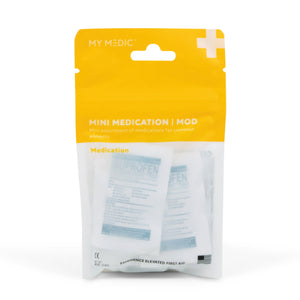 MEDICATION
MEDICATION
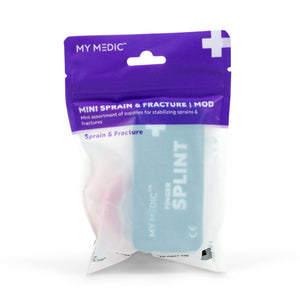 SPRAIN & FRACTURE
SPRAIN & FRACTURE
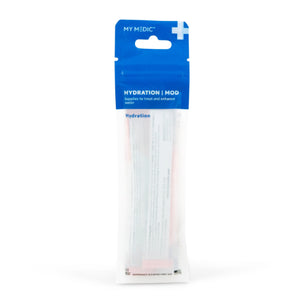 HYDRATION
HYDRATION
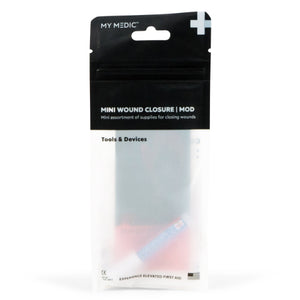 TOOLS & DEVICES
TOOLS & DEVICES
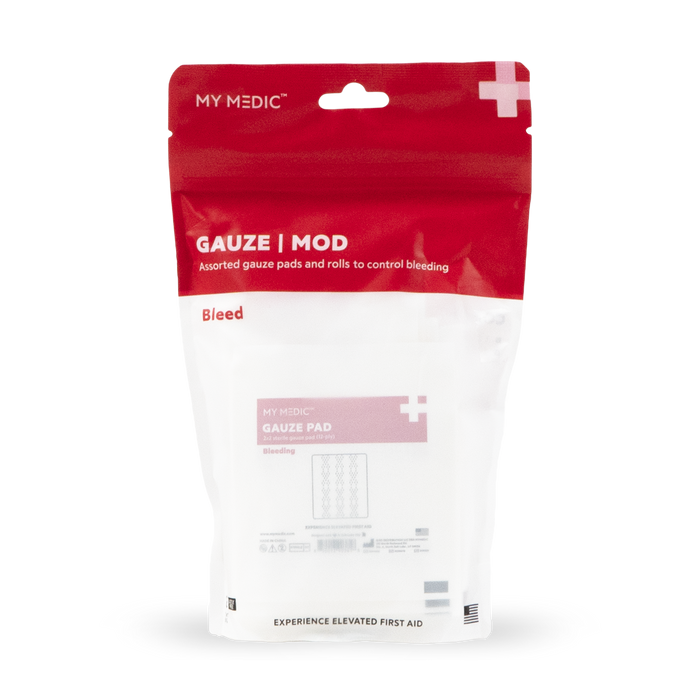
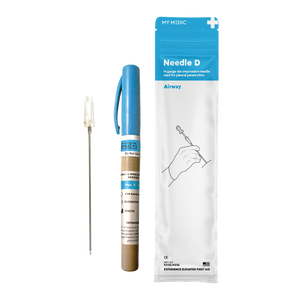 Supply Categories
Supply Categories
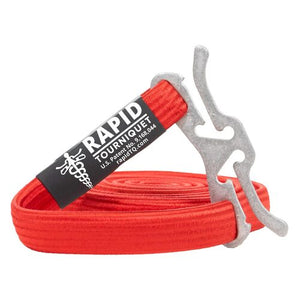 Top Sellers
Top Sellers
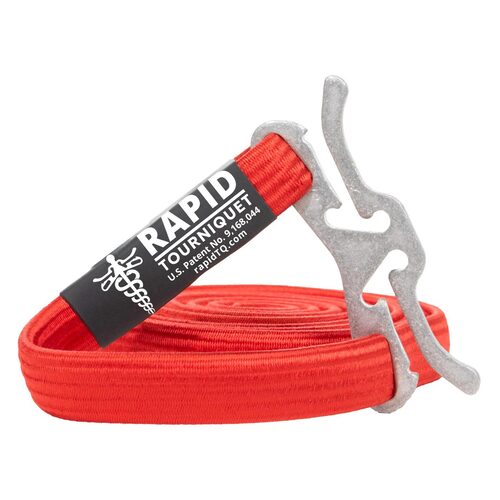
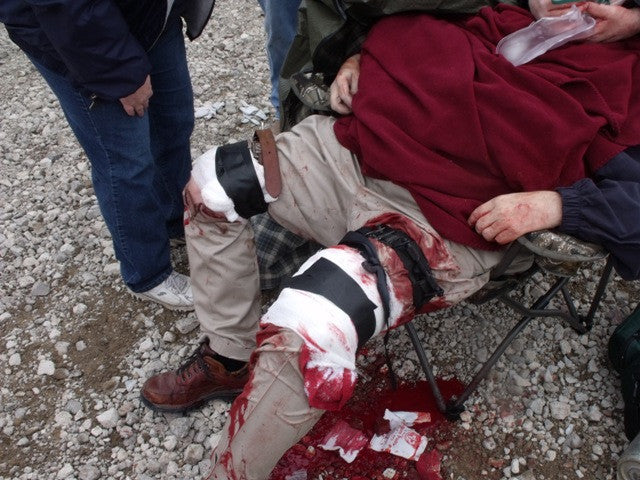




Leave a comment